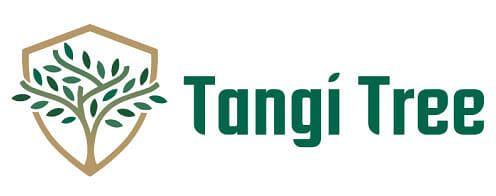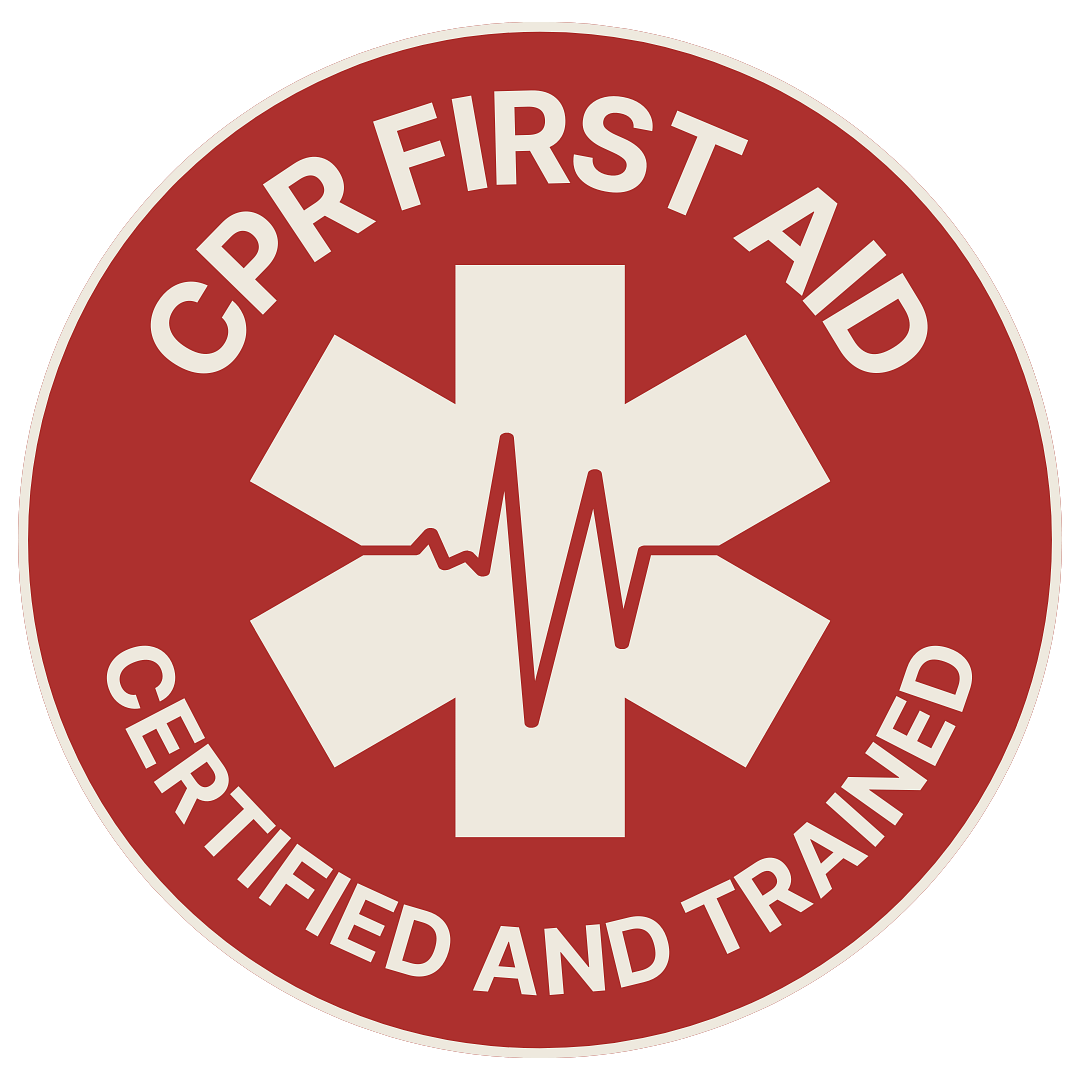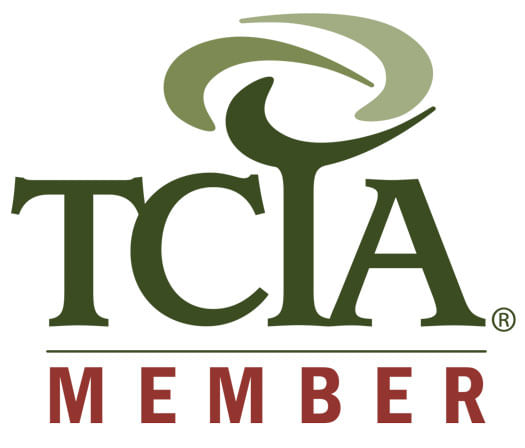Get storm-ready! Be hurricane-prepared BEFORE the season starts.

Who Can Tell Me What’s Wrong with My Tree?
The tools used for tree trimming depend on the size of the branches being removed and the tree's height. Common tools include hand pruners, loppers, pruning saws for smaller branches, and chainsaws for larger branches. Pole pruners and extendable pruners may be used for higher branches, minimizing the need for ladders or climbing.
Optimal Seasons and Frequency for Tree Trimming
The best time for trimming varies among tree species and climates but generally falls outside of the peak growing seasons to minimize stress on the trees. For many trees, late fall to early spring, when trees are dormant, is ideal. The frequency of trimming depends on the growth rate and type of the tree or shrub; some may require annual trimming, while others might only need attention every few years.
What is Tree Pruning?
Tree pruning is a practice focused on the health and productivity of a tree. It involves the careful removal of parts of the tree, such as branches, buds, or roots, to remove dead or diseased tissue, promote growth, improve fruit yield, and prevent potential hazards. Pruning is often considered a more precise technique than trimming, aimed at supporting the tree's structure and long-term health.
3 Types of Pruning
1) Corrective Pruning: Targets the removal of branches that are dead, diseased, or damaged to prevent the spread of disease and improve the tree's structure.
2) Maintenance Pruning: Regular pruning to maintain the tree's health by improving air circulation and sunlight penetration, which reduces the risk of disease.
3) Formative Pruning: Applied to young trees to shape their growth, ensuring a strong structure and desirable form as they mature.
Tools and Techniques Specific to Pruning
Pruning requires tools similar to those used in trimming, such as pruners, loppers, and saws, but the choice of tool is dictated more by the precision needed for health-focused cuts. Specialized tools like pruning shears and cable cutters may be used for more delicate or strategic cuts. The technique is critical in pruning, as improper cuts can lead to disease and damage.
Best Times of Year to Prune Different Types of Trees and Plants
Pruning times vary based on the plant species and the goal of the pruning. Generally, the best time to prune most trees is during their dormant season, typically in late winter before spring growth begins. However, for flowering trees, the timing may depend on whether they bloom on new or old wood. Summer pruning is often aimed at slowing the growth of certain branches.
The Key Differences Between Trimming and Pruning
Understanding the distinctions between trimming and pruning can help tree owners make informed decisions about their tree care practices. Trimming is primarily aimed at shaping a tree for aesthetic purposes and removing potential safety hazards, while pruning focuses on the health of the tree, encouraging strong growth and fruit production. Trimming may involve cutting larger branches and is often less precise than pruning.
Pruning requires careful consideration of each cut's impact on the tree's health, using specific tools for precise cuts. Trimming is often performed on an as-needed basis to maintain a tree's desired appearance or to remove hazards. Pruning is best done at specific times of the year, based on the tree species and the pruning objectives, to promote healthy growth and healing.
Decorative trees and shrubs are commonly trimmed to maintain their shape and size. Pruning is essential for fruit trees, ornamental trees, and any tree where health and structural integrity are a concern.
The Importance of Professional Tree Care
The health of your trees and the safety of your surroundings can significantly benefit from professional tree care services. While some tree maintenance tasks are suitable for the enthusiastic DIYer, the complexities of proper trimming and pruning often require the expertise of professionals. Professionals have the knowledge to identify what type of care your trees need to thrive. They can spot potential problems that the untrained eye might miss, such as signs of disease or pest infestation, and recommend the best course of action.
Tree trimming and pruning can be hazardous, especially when it involves tall trees or branches near power lines. Professionals have the training and equipment to perform these tasks safely. Professional tree care services nearby, like Tangi Tree, are equipped with specialized tools and machinery that allow for efficient and effective trimming and pruning, which is especially important for large projects or trees.
Incorrect trimming and pruning can cause significant stress and damage to trees, leading to stunted growth, increased susceptibility to disease and pests, or even death. The best tree care professionals follow industry standards to ensure the health of the tree is maintained.
Get Your Trees Serviced by the Licensed Arborists at Tangi Tree
Whether you're maintaining a single cherished tree in your backyard or overseeing a vast landscape, recognizing when and how to apply these practices can make a significant difference in the vitality and longevity of your trees.
If you're unsure about the condition of your trees or how to properly maintain them, consulting with a professional arborist at Tangi Tree can provide peace of mind and ensure that your trees continue to thrive for years to come. Contact us today to schedule an inspection for your trees and broader landscape to start taking care of the environment that takes care of you!






